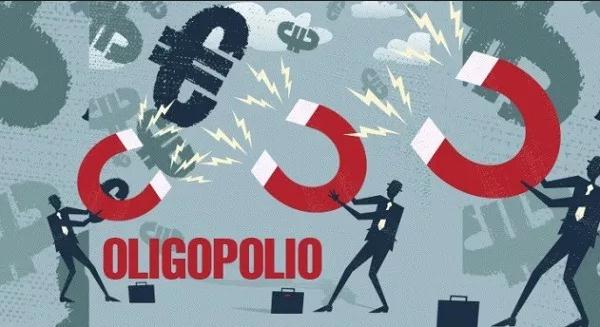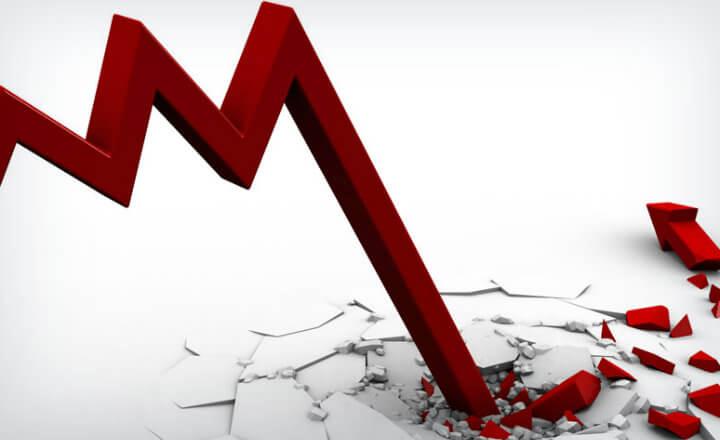Generally, the chief executive officer (CEO) is considered the highest-ranking official in a company, and the president is second in command. However, in corporate governance and structure, many changes in leadership can occur, so the roles of CEO and president may be different, depending on the company.
Definition of CEO
The word CEO is an English acronym that refers to the Chief Executive Officer or the executive director of a company. A CEO is the highest-ranking executive in any company, and his or her primary responsibilities include managing a company’s operations and resources, making important corporate decisions, being the primary liaison between the board of directors and corporate operations, and being the public face of a company. CEOs often have a seat on the board and are sometimes the president. Other titles for CEO include chief executive officer and sometimes even president.
The board of directors is elected by a company’s shareholders and is generally made up of inside directors, who are senior officials of the company, and outside directors, who are people not employed by the company.
The board establishes corporate governance policies and decides on general corporate issues.
Because the board of directors is in charge of executive functions, and the CEO is responsible for integrating company policy into daily operations, the CEO often serves in the role of chairman of the board.
Another factor that determines the positions of company officers is the corporate structure . For example, in a corporation with many different businesses (a conglomerate), there may be one CEO who oversees several presidents, each of whom runs a different business in the conglomerate and reports to the same CEO.
In a company with subsidiaries, it would be unusual for one person to fill the roles of CEO and president, although it does sometimes happen, often with smaller companies. In such cases, the small business is often owned by the same person who is also the CEO and president.
Definition of President
In some corporations and organizations, the president is the leader of the company’s executive group.
However, in the corporate world, president often refers to someone who is the leader of a segment or critical part of the overall company, rather than being the leader of the company as a whole. In some cases, the president is also the CEO. In small businesses, the president could also be the owner of the company. In an organization or company where a CEO is already in charge, the president is second in command.
In the corporate world, presidents often hold the position of chief operating officer (COO). The chief operating officer, responsible for daily operations, has vice presidents from different parts of the company reporting to him.
Generally, the board of directors sets the policy, the president executes the policy and reports to the board, then the board reports to the shareholders, the ultimate owners.
Difference between CEO and President
Summarizing the explanation above and quoting from Indeed, here are some key differences between the two positions.
1. Scope of responsibility
The CEO’s scope of responsibility covers the entire company because it focuses on creating business strategies and setting the company’s vision.
Meanwhile, the scope of the president’s responsibilities is more limited because it focuses on daily business operational activities only.
2. Relationship with the board of directors
A CEO has a position on the board of directors and reports to them directly.
Meanwhile, the president provides reports and feedback to the board of directors through the CEO.
3. Chain of command
A CEO is appointed by the board of directors and reports to them.
Meanwhile, the president is appointed by the company and reports to the CEO.
4. Relationships with various parties
The CEO is the “face” of the company, so he will often face and speak to the public and shareholders .
Meanwhile, the president will often deal with company employees because he is tasked with guiding and integrating employees with the company culture.
5. Measure of success
A CEO will measure his success by looking at how competitive the company is in its industry.
The metrics used include return of investment, revenue growth and cash flow .
Meanwhile, the president’s success is measured through his relationship with the CEO and how he can execute business strategies and achieve targets.
So, those are some of the differences between CEO and president that you need to know.
Special Considerations
While unusual, a company with no subsidiaries can have one person perform the roles of CEO and president, and perhaps even as natural boss. As such, greater communication and contact can be achieved between the board of directors who set policy and the president who oversees daily operations. For example, Shantanu Narayen, Jeff Bezos, and David S. Taylor hold the titles of president and CEO of Adobe Systems (ADBE), Amazon.com, Inc. (AMZN), and Procter & Gamble Co. (PG), respectively. Bezos is also the founder of Amazon.com.
These are examples of general scenarios. The CEO is not always the chairman of the board, and the president is not always the COO. Whatever the agreement, the ultimate goal in corporate governance is to effectively manage the relationship between owners and decision makers and increase shareholder value.
Other related executive positions
Corporations in the United States host numerous titles for top executives that begin with the letter C, for “Chief . ” This group of senior senior officials has come to be called the C-suite, or C-level, in the English language.
C-level confusion
When it comes to executive-level positions within an organization, the assigned titles and functions associated with each can quickly become confusing. For small organizations or those still in the startup or growth phases, for example, the CEO may also be the CFO and the chief operating officer (COO), and so on. This can lead to a lack of clarity, not to mention an overworked executive. Assigning multiple titles to a single executive-level individual can wreak havoc on the continuity of a business and can ultimately negatively impact its long-term profitability.
The difference between CEO and COB
The CEO directs the operational aspects of a company; The board of directors oversees the company as a whole, while the leader of the board is called the Chairman of the Board (COB). The board has the power to override the CEO’s decisions, but the chairman of the board does not have the power to override the board. Instead, the president is considered a peer with the other board members. In some cases, the CEO and board chair may be the same person, but many companies split these roles between two people.
The difference between CEO and CFO
The CFO is the financial director of a company (Chief Financial Officer) . While CEOs manage general operations, CFOs focus specifically on financial matters. A CFO analyzes a company’s financial strengths and makes recommendations to improve financial weaknesses. The CFO also tracks cash flow and oversees a company’s financial planning, such as investments and capital structures.
The impact of a CEO change
When a new CEO takes over a company, its stock price could change for several reasons. However, there is no positive correlation between a stock’s performance and the announcement of a new CEO, per se.
However, a change in CEO generally carries more downside risk than upside, particularly when it has not been planned. The price of a stock could rise or fall based on the market’s perception of the new CEO’s ability to lead the company, for example. Other factors to consider when investing in a stock undergoing a management change include the incoming CEO’s agenda; whether he or she could change corporate strategy for the worse; and how well the company’s C-suite is managing the transition phase.
Investors tend to feel more comfortable with new CEOs who are already familiar with the dynamics of the company’s industry and the specific challenges the company may face. Typically, investors will evaluate a new CEO’s track record in creating shareholder value. A CEO’s reputation could be reflected in areas such as the ability to increase market share, reduce costs, or expand into new markets .











